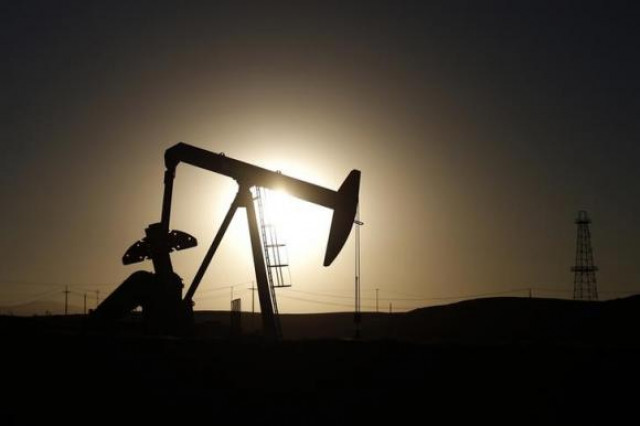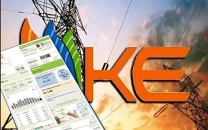Six months: Country exports crude oil worth $157m
Still 17 times more is spent on imports of the product

Export was allowed because local refineries are not designed to use this sort of oil. PHOTO: FILE
Export was zero in the same period a year ago. As a matter of fact, oil did not earn anything in foreign exchange in the last seven years, according to the State Bank of Pakistan (SBP).
The last time anything close to this was shipped to other countries was in fiscal 2007 – oil worth $141 million in the whole year.
Pakistan resumed exports in June 2014 after the government allowed petroleum producers to ship surplus quantities to foreign buyers.
“This is condensate that we produce and a lot of it is coming out of natural gas fields,” said Masood Siddiqui, the former CEO of Oil and Gas Development Company (OGDC).
“Export was allowed because local refineries are not designed to use this sort of oil. They can process just 10% to 15% of it. Our trucks used to wait outside their gates for days because so much of it was coming out.”
Around 220,956 tons of crude was exported in the past six months, according to the Pakistan Bureau of Statistics. This corresponds with a 6% year-on-year increase in crude oil import to 3.94 million tons in the review period.
Pakistan’s oil output has touched an average of 100,000 barrels per day (bpd) since middle of last year.
Production remained stagnant at 66,000 bpd for a long time until new gas fields were discovered in Khyber-Pakhtunkhwa with a relatively high condensate ratio.
Condensate produced in Pakistan is oil with low density and high American Petroleum Institute (API) specific gravity number of usually 60.
OGDC, United Energy Pakistan (UEP) – formerly British Petroleum – and MOL are the leading oil producers.
A major chunk of the increase in oil output comes from the Tal block, which saw average production rise of 63% to 17,000 bpd. The block contributes 20% to the total production in the country.
Industry officials expect more oil coming out over the next few years. Producers also have an incentive to search for condensate because income from oil is not as heavily taxed as that from gas. Pakistan Petroleum Limited (PPL), another major hydrocarbon producer, has also made a series of condensate hits in its Gambat South block, located in Sindh.
Siddiqui said it doesn’t make sense for foreign exchange-strapped Pakistan to export crude oil. “Investors should instead be encouraged to set up a refining unit which can process this type of oil.”
Local refineries initially lacked equipment to process the condensate but when Attock Refinery Limited and Pak Arab Refinery started consuming a lot of domestic supply, the government restricted exports.
While there remains uncertainty over the exact size of oil reserves in the absence of any broad geological survey, Pakistan has estimated recoverable reserves at 27 million barrels.
But handling of condensate remains an issue. Trucks hauling it are not designed as per required specifications. Tanks are also not available to store it.
Last year, petroleum producers had to depend on PSO’s 55,000-ton tanks before shipments could be made.
Published in The Express Tribune, February 6th, 2015.
Like Business on Facebook, follow @TribuneBiz on Twitter to stay informed and join in the conversation.



















COMMENTS
Comments are moderated and generally will be posted if they are on-topic and not abusive.
For more information, please see our Comments FAQ